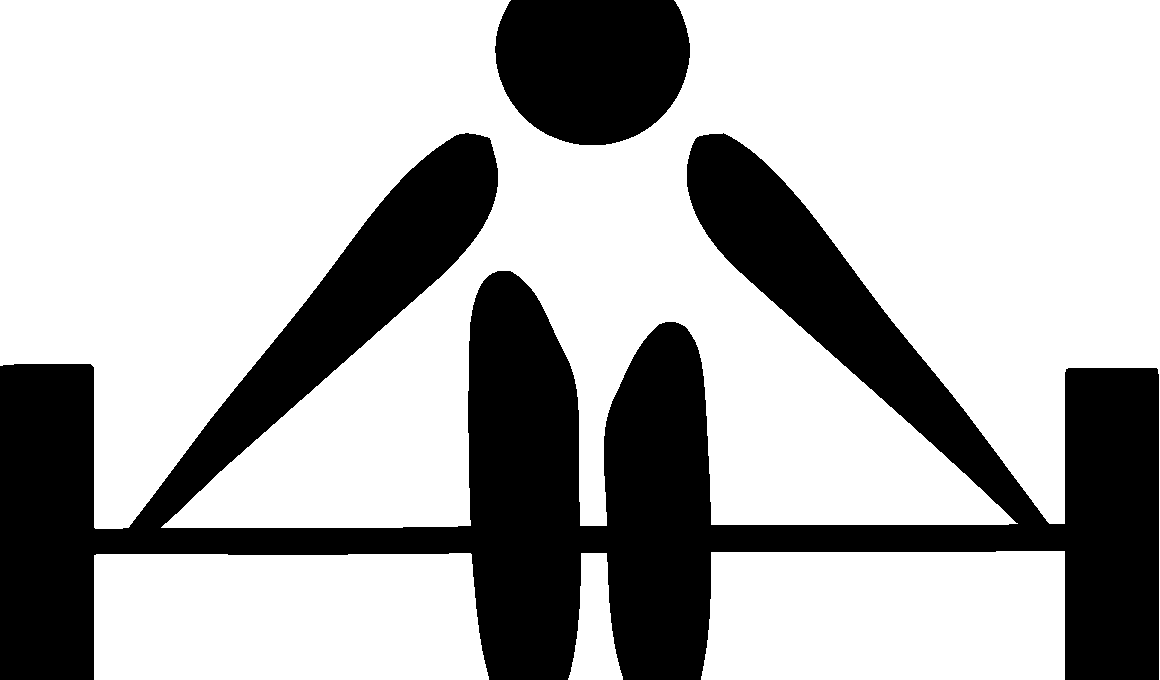The Importance of Core Training for Olympic Lifting
Core training is essential for athletes, especially those involved in Olympic lifting. A strong core supports optimal performance by enhancing stability, strength, and power. The core consists of muscles that stabilize the spine and pelvis, which plays a critical role in executing weightlifting techniques. Effective core training can lead to improved posture and alignment, reducing the risk of injury during demanding lifts. Olympic lifting relies heavily on explosive movements that require a robust core to maintain balance and control. When lifting heavy weights overhead, it’s the core strength that keeps everything aligned and performing correctly. Therefore, focusing on core workouts can significantly impact an athlete’s lifting success. Incorporating functional movements like planks, medicine ball throws, and dynamic stretches can create a powerful foundation. Furthermore, incorporating balance exercises can improve proprioception, an often-overlooked aspect of performance. Strengthening the core also aids in transferring force from the lower to the upper body, making heavy lifts more manageable and effective. Thus, embracing core training as a fundamental part of an Olympic lifting program is paramount for longevity and peak performance.
Engaging in structured core training helps in optimizing Olympic lifting techniques. A well-rounded program should include various exercises targeting different core muscles, ensuring they are strong and resilient. Exercises such as weighted squats, deadlifts, and overhead presses contribute to core stability while enhancing overall strength. Weighted planks and side bridges can further challenge the core, increasing its ability to handle the demands of Olympic-style lifts. Consistency in practicing these movements is crucial; training should include progressive overload to promote continuous adaptation and strength gains. Additionally, athletes should prioritize recovery to avoid fatigue and overuse injuries. Nutrition plays an important role in supporting core training as well; a balanced diet rich in protein and healthy fats fuels muscles and aids in recovery post-exercise. Integrating mobility drills can also complement core training, allowing for greater range of motion and flexibility during lifts. Utilizing resistance bands and stability balls becomes beneficial as they enhance engagement of stabilizing muscles. Overall, thorough core training optimizes performance and ensures that Olympic lifters can meet their goals while minimizing injury risks effectively.
Benefits of Core Strength for Olympic Lifters
Enhancing core strength offers numerous benefits for Olympic lifters. Firstly, a powerful core allows athletes to maintain better control during lifts, which is vital for executing complex movements correctly. When the core is adequately trained, it provides a solid foundation that transfers power efficiently from the lower body to the upper body, crucial during explosive lifts such as the snatch and clean and jerk. Secondly, a strong core improves balance and stability, which enhances overall athletic performance. This not only helps in achieving greater lifting capacity but also prevents injuries caused by improper form or imbalances. Core training also increases muscular endurance, allowing athletes to perform more reps without excessive fatigue. Moreover, effective core workouts can lead to improved spinal alignment, minimizing the risk of lower back pain, which is common among weightlifters. Additionally, developing a robust midsection can create a visual cue for proper lifting posture, such as bracing the abdomen during lifts. Therefore, consistent core training is a smart investment for any serious Olympic lifter aiming for superior results on the platform.
Incorporating advanced core training techniques can further refine performance for Olympic lifters. These techniques involve integrating complex movements that challenge stability and force production. Exercises such as Turkish get-ups, stability ball rollouts, and hanging leg raises not only strengthen core muscles but also enhance coordination and functional strength. When practicing these exercises, it’s crucial to focus on proper form and gradual increases in intensity to avoid injuries. Periodization in training allows athletes to systematically progress without risking burnout or overtraining. Olympic lifters can also benefit from core exercises that include rotational movements, which play a significant role in generating torque and power during lifts. Olympic lifting often involves rapid changes in direction, so integrating rotational movements can significantly improve performance. Engaging in core workouts that pair these movements with strength training will enhance both stability and explosiveness on the platform. Additionally, including unilateral exercises, like single-arm kettlebell presses, can address imbalances between sides. This creates a more powerful and coordinated execution of lifts, ensuring that every ounce of potential is harnessed effectively during competitions.
Common Mistakes in Core Training
While core training is essential for Olympic lifting success, many athletes make several common mistakes that hinder progress. One frequent issue is neglecting to engage all core muscles rather than just focusing on superficial abs. Effective programs should target the entire core, including the obliques, lower back, and pelvic floor. Another mistake is using improper form during core exercises, leading to ineffective workouts and increased injury risk. Athletes often rush through movements without controlling their bodies, which can diminish strength gains. Failing to incorporate enough variety into core workouts can also result in plateaus; thus, constantly adjusting routines is crucial to stimulate muscles. Additionally, many overlook the importance of breathing control, which plays a vital role in maintaining core stability. Athletes should aim to exhale when exerting force during lifts to enhance power generation. It is also essential to balance core training with other aspects of training to avoid overdeveloping the midsection. A holistic approach to strength training ensures complete development and successful lifting outcomes in the competitive arena. Understanding and correcting these errors is vital for ensuring excellence in Olympic lifting.
Lastly, it’s essential for Olympic lifters to implement assessment and recovery into their core training schedules. Understanding one’s current core strength and identifying weaknesses helps tailor the training program effectively. Tests such as the plank hold, medicine ball toss, or rotational stability tests can provide insights into where improvement is needed. Once weaknesses are identified, targeted core exercises can be implemented to address those gaps. Recovery strategies, like foam rolling and stretching, must also be prioritized to enhance mobility and alleviate pain. Without sufficient recovery, athletes risk injury and decreased performance levels. A proper balance should exist between training intensity and rest periods; this ensures muscles recover adequately, allowing for adaptation to training stimuli. Additionally, incorporating techniques such as yoga or Pilates can improve core stability and flexibility. These methods not only support core training but also enhance overall athletic performance through improved body awareness. Therefore, by systematically incorporating assessments, targeted exercises, and proper recovery techniques, Olympic lifters can maximize their core training results, achieving greater success in their competition pursuits.
Conclusion
In conclusion, core training is an indispensable component of any Olympic lifter’s training regimen. A robust core not only enhances performance but also provides critical injury protection. By focusing on advanced techniques, addressing common pitfalls, and incorporating assessment and recovery, athletes can build an exceptional midsection that supports their lifting endeavors. As lifting demands continue to evolve, the role of a strong core becomes even more pronounced. Lifters must embrace consistency and variety in their core workouts, continually challenging their bodies to reach new heights. A well-structured core training program reflects a commitment to overall athleticism, benefiting performance in various aspects beyond lifting. By prioritizing core strength development, Olympic lifters can enhance their capabilities, leading to improved results on the platform. Remembering that core training is not a one-time effort but a continuous journey will encourage lifters to maintain their focus and dedication. Thus, adopting a strategic and comprehensive approach to core training will pave the way for Olympic lifting success. Strengthening the core opens doors to achieving personal bests and competing at higher levels in the sport.


